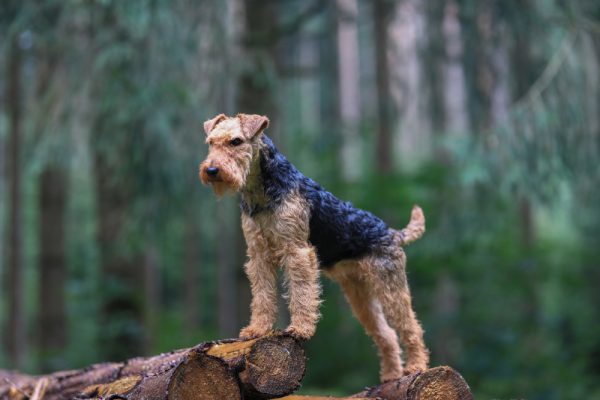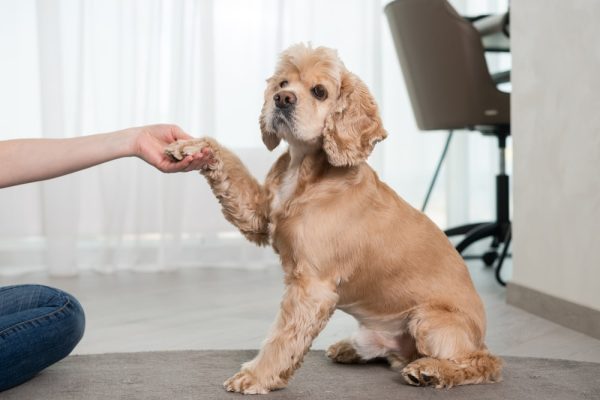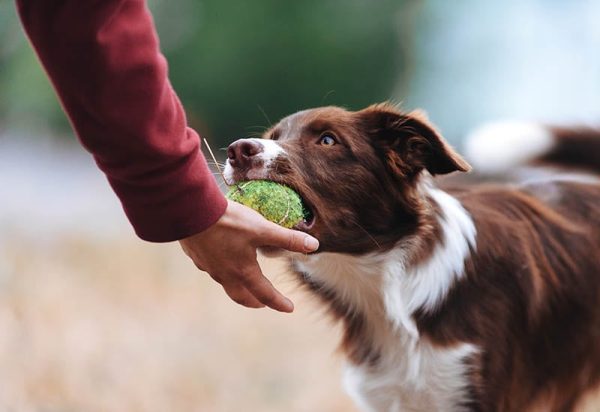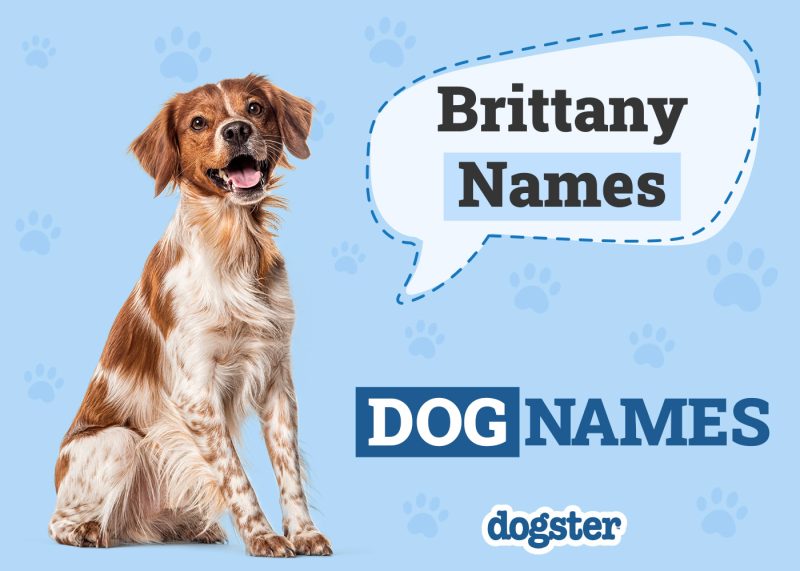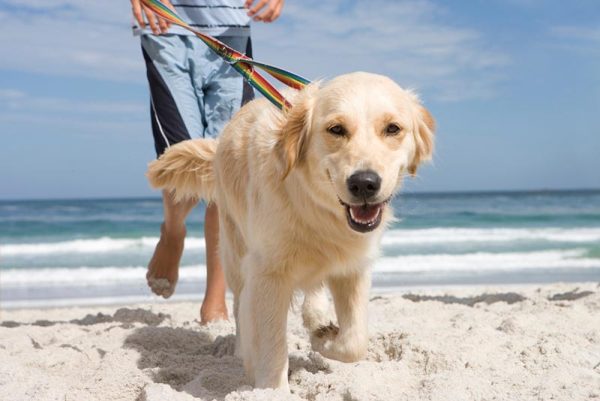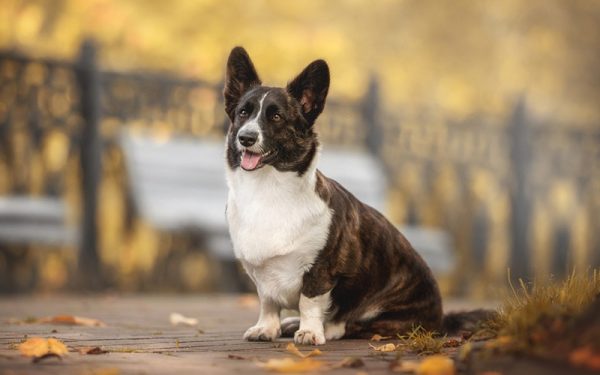In this article
View 3 More +Have you ever wondered why dogs chase people? It’s not just because they’re full of energy and love to play (although that might be true too!). Often, this behavior is deeply rooted in their instincts and natural behavior patterns. Understanding these can help us better manage our furry friends and ensure their well-being. After all, if a behavior is instinctual, they’ll need help learning when it’s appropriate and when to use their manners.

Understanding Your Dog’s Chasing Behavior
Dogs engage in a variety of behaviors, some of which may seem puzzling to their human companions. One such behavior is chasing, which can be directed toward people, other animals, or objects. The causes of this behavior are rooted in different aspects of their instinctual behavior. Let’s delve into the six main reasons for your dog chasing people.
The 6 Common Reasons Dogs Chase People
1. Territorial Behavior
Dogs are naturally territorial creatures, and they may chase people in an attempt to protect their territory. This could be their home, their yard, or any place they perceive as being theirs. If your dog exhibits signs like excessive barking, growling, or showing teeth when people approach their territory, this could be the reason behind their chasing behavior. It’s important to address this issue promptly to ensure the safety of both your dog and others, so don’t hesitate to contact a veterinarian when you notice this kind of behavior.
If you need to speak with a vet but can't get to one, head over to PangoVet. It's our online service where you can talk to a vet online and get the advice you need for your pet — all at an affordable price!

2. Instinct
A throwback to their ancestral survival instincts, many dogs possess a strong drive to chase. There is an innate desire to chase after moving objects, whether it’s a ball tossed across the yard, a squirrel darting up a tree, or a person walking by. It’s not aggressive behavior per se, as it’s a deeply ingrained part of a dog’s nature. This doesn’t mean that every moving object is perceived as “prey,” but rather that the act of chasing itself is intrinsically rewarding to the dog.

3. Herding Instinct
If your dog belongs to a breed that was originally bred for herding livestock, such as Border Collies or Australian Shepherds, they may display chasing behavior as part of their natural herding instincts. These dogs may attempt to “herd” people by chasing them, often accompanied by nipping at heels, circling, or barking. While this behavior is not usually intended to harm, it can be intense and disruptive, especially if the dog tries to herd small children or elderly people.
4. Playfulness
Dogs are naturally playful creatures, and chasing is often a part of their play repertoire. They might chase you, other pets, or even their own tails just for the sheer fun of it. However, while playfulness is generally a positive trait, it’s crucial to teach your dog to play safely and respect boundaries, especially when interacting with people who may not appreciate being chased.
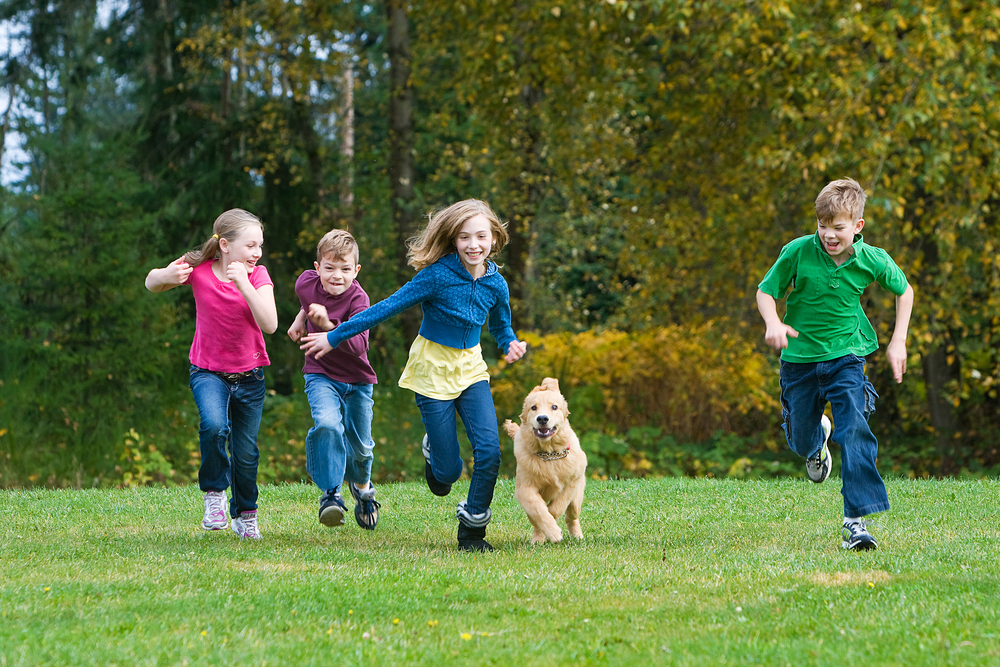
5. Reinforced Behavior
Sometimes, a dog’s chasing behavior is simply a result of unconscious reinforcement. If a dog enjoys the reaction of people when they chase them, they will continue to do so. Differential reinforcement opportunities and obedience training are critical in curbing this undesirable behavior. An obedient and well-trained dog is more likely to behave appropriately around others simply because they have guidance on what is expected from them. If you’re struggling with training issues, don’t hesitate to seek help from a professional dog trainer or behaviorist.
6. Fear or Anxiety
Just like humans, dogs can experience fear and anxiety. If they feel threatened or uncomfortable, they may resort to chasing as a way to cope with their feelings. Signs of fear or anxiety in dogs include shaking, hiding, or excessive barking, among others. If your dog is chasing out of fear or anxiety, it’s essential to identify the root cause and work on reducing their stress levels, especially since these types of chases are more likely to end in aggression.


Tips for Stopping Your Dog’s Chasing Behavior
Dogs have a natural propensity to chase, whether it’s a squirrel in the park or a jogger on the street. While this behavior is often harmless and playful, it can sometimes lead to potentially dangerous situations. Here are 10 research-backed tips to help curb your dog’s chasing behavior.
1. Understand the Cause
Before you can effectively stop your dog’s chasing behavior, it’s important to know why they’re doing it. Are they acting out of fear, asserting their territory, or simply playing? Understanding the root cause can guide your training approach.
2. Do Obedience Training & Positive Reinforcement
Consistency is key when it comes to training your dog. Use commands like “sit,” “stay,” or “leave it” consistently, and reward your dog when they obey. This will help them associate obedience with positive outcomes.
Always use positive reinforcement in your training. Rewarding good behavior is more effective than punishing bad behavior. Treats, praise, and petting can all serve as positive reinforcement.
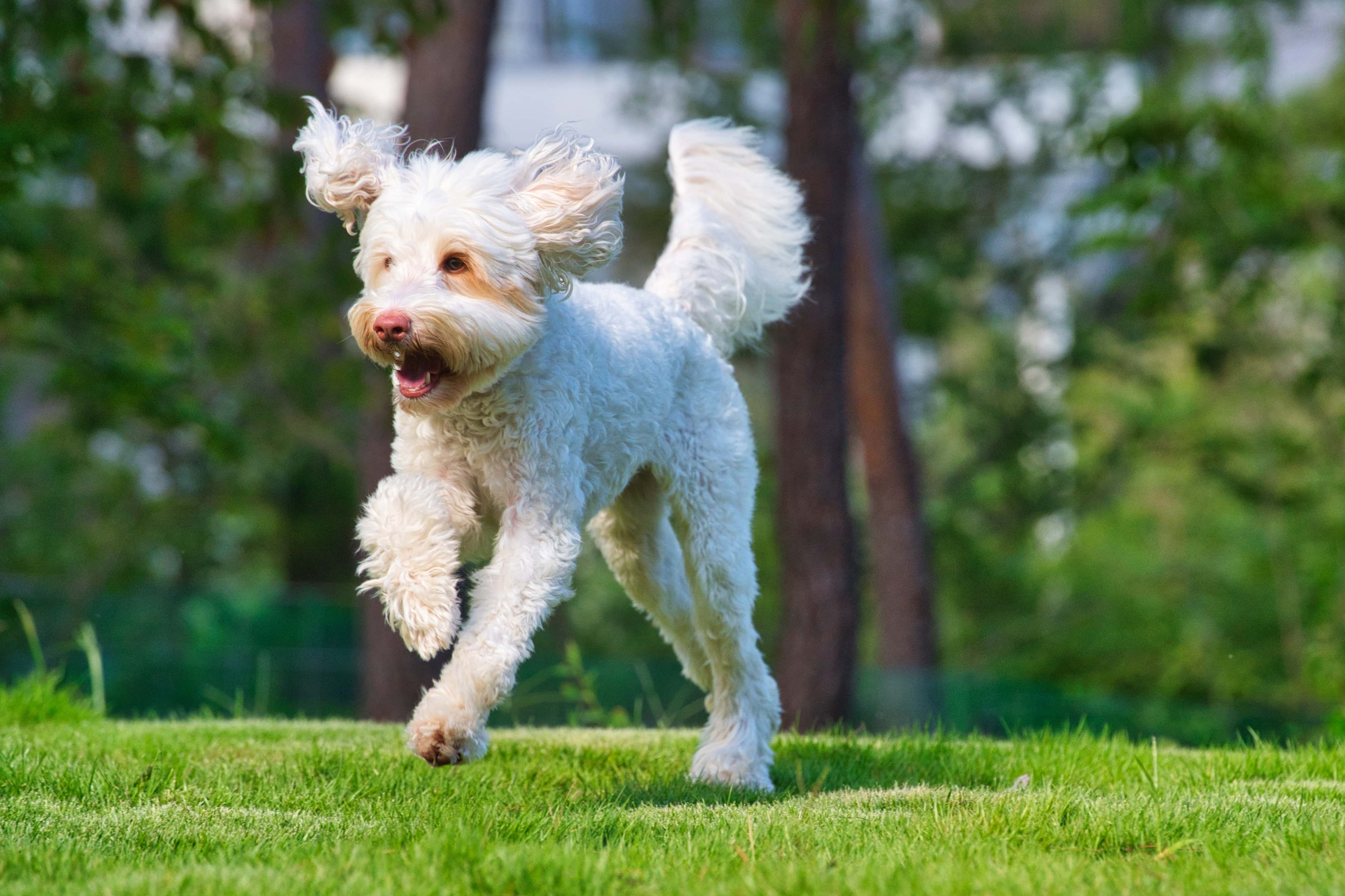
3. Use Differential Reinforcement Opportunities
Try to prevent your dog from engaging in chases by redirecting their attention toward something more reinforcing for them. If they can retrieve a ball and win a treat instead of chasing a jogger going by the house, for example, they will probably do so. The goal here is to redirect their attention away from the object of their pursuit before they start the chase. Of course, this isn’t always possible, but it is an effective method to prevent them from chasing inappropriately while you are with them. However, you will still need to ensure that your dog is unable to chase when you’re not around.
4. Exercise Regularly
Regular exercise can help manage your dog’s energy levels and reduce their desire to chase. Try incorporating activities like fetch or tug-of-war into your dog’s daily routine to keep them mentally stimulated and physically tired.

5. Socialize Your Dog
Socializing your dog with other animals and people can reduce their urge to chase. Regular exposure to different environments and situations can help them become more comfortable and less reactive.
6. Try Leash Training
Train your dog to behave well on a leash. This can give you more control when your dog gets the urge to chase, especially in public places.

7. Create a Safe Space
If your dog chases due to anxiety or fear, creating a safe, quiet space at home where they can retreat can help them feel more secure.
8. Teach Them to Disengage
For many reactive dogs, learning the engage-disengage game helps them take a moment before reacting. This works in a similar way to mindfulness, where dogs learn to break the habit of automatically reacting to triggering stimuli, and it can help with many dog behavioral problems.
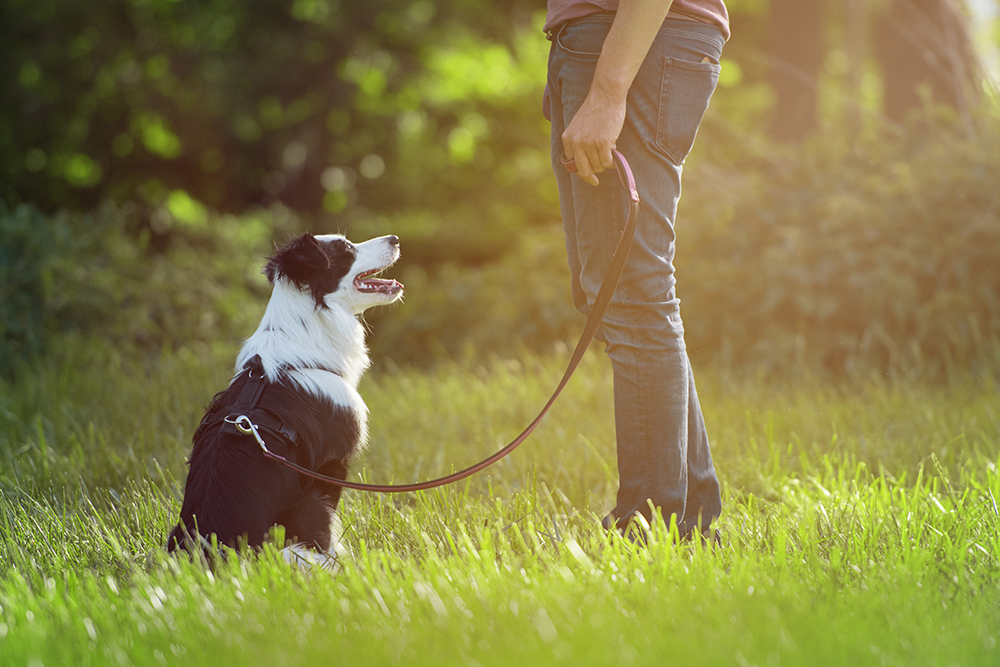
9. Know That Prevention is Key
Every dog is unique, and what works for one might not work for another. It’s about finding the right combination of techniques that are suitable for your furry friend. However, as you work to curb your dog’s chasing behavior, always ensure their safety and well-being and those of others. A chasing dog can get hurt or hurt someone else, so make your pet unable to physically get into or cause an accident. This might mean installing a new fence, keeping the dog indoors, or figuring out another way to prevent chasing.
10. Get Professional Help
If your dog’s chasing behavior persists or becomes aggressive, consider seeking help from a professional dog trainer or behaviorist. They can provide specialized techniques and strategies tailored to your dog’s needs.
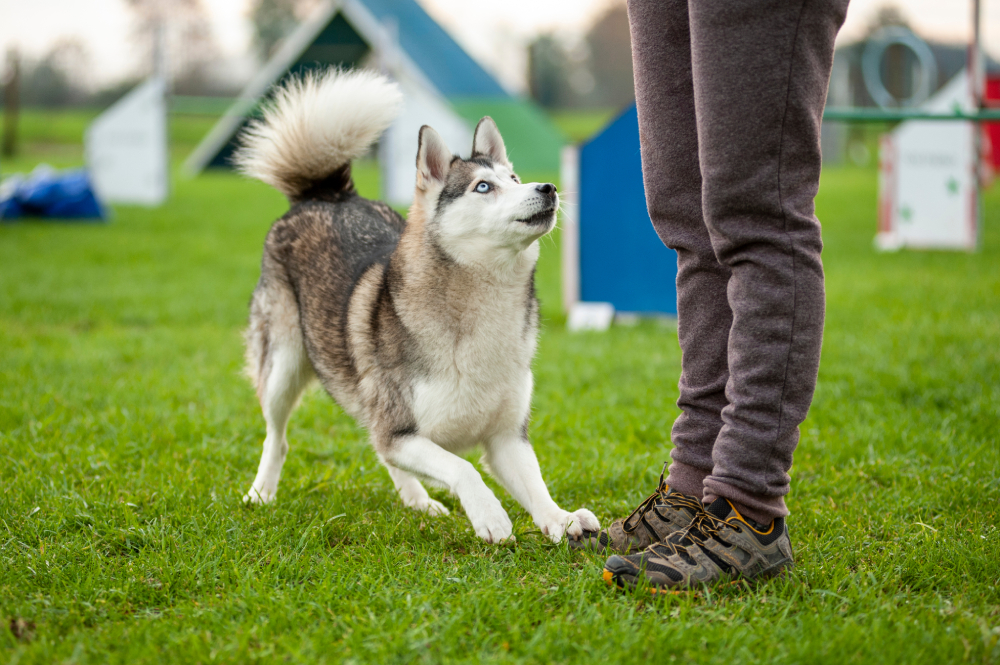

FAQ About Dog Chasing Behaviors
Q: Can any breed of dog develop a habit of chasing people?
A: Yes, any breed can develop this habit, though it’s more common in certain breeds, such as herding or hunting dogs.
Q: Is it harmful for dogs to chase people?
A: It can be if it’s not managed correctly. It’s important to ensure that your dog knows when it’s appropriate to chase and when it’s not.
Q: Why does my dog chase their tail?
A: This is usually just playful behavior, but in some cases, it can indicate a medical issue.
Q: Why do dogs chase you when you run?
A: This could be a reinforced behavior because you gave them a desirable outcome, such as attention, or they might just think it’s a fun game.
Q: Why does my dog chase other animals?
A: This is due to their prey drive. It’s a natural instinct for dogs to chase smaller, fast-moving animals.

Final Thoughts
Understanding why dogs chase people can provide valuable insights into their behavior. Whether it’s due to instinct, fear, an excess of energy, or even a previously reinforced behavior, recognizing these patterns can help us prevent problems and create a more harmonious relationship with our canine companions. Like with many other behavioral issues, understanding the triggers is the first step toward figuring out the best course of action for preventing or managing unwanted behaviors in our dogs.
Related Read:
- Why Do Dogs Chase Shadows? Vet-Reviewed Instinct & Behavior Explanation
- Why Are There People Who Don’t Like Dogs? 6 Reasons
Featured Image Credit: Casper Coomans, Unsplash



